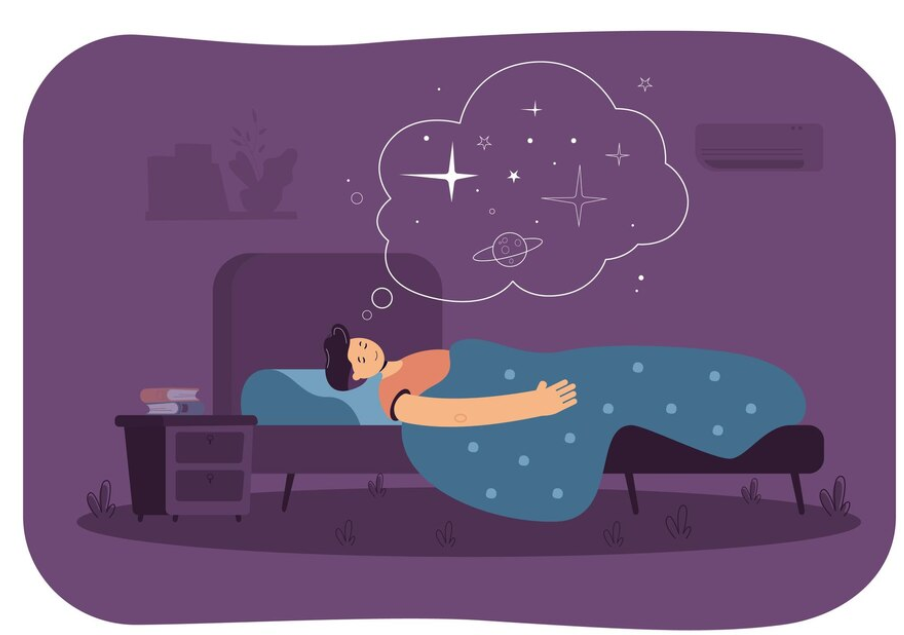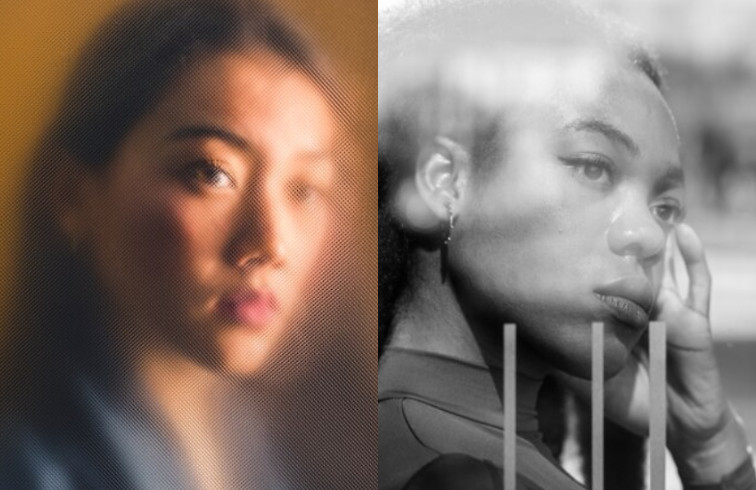Do You Dream in Black & White or Vibrant Colors?

Have you ever wondered what color your dreams are? Are they vibrant hues or do they resemble the grainy black-and-white films of the past? What could affect your dream colors?
A new study from the University of Dundee has shed light on this mystery, suggesting a surprising link between the media you consumed during childhood and the colors in your dreams.
Early Research Painted a Colorless Picture
Studies conducted in the early 20th century, when black-and-white media dominated, painted a rather colorless picture of dreams. Unsurprisingly, most participants reported their sleep and dreams as devoid of color.
However, later research conducted in the age of color television and cinema witnessed a dramatic shift. A significant increase in people claiming to experience colorful dreams emerged, leaving scientists scratching their heads about this inconsistency.

Does Media Exposure Impact Sleep Dream Colors?
Eva Murzyn, a researcher at the University of Dundee, decided to investigate this puzzle. Her study focused on the potential link between media exposure and dream color. The rise of color media coincided with the increase in reported colored dreams.
Murzyn hypothesized that people who grew up with black-and-tinted spectacles (a metaphorical reference to black-and-white media) might be more likely to report black-and-white dreams themselves. This suggests that media exposure could potentially influence the actual content of our dreams, not just how we remember them.
Comparing Sleep Dream Colors Across Generations
To test this theory, Murzyn compared dream colors reported by two age groups: younger adults (under 25) and older adults (over 55). The older group would have had significant exposure to black-and-white media during their childhood, while the younger group would have grown up primarily with color media. Participants kept dream diaries, considered a more reliable method than questionnaires due to reduced memory bias, to record their dream colors upon waking.
Striking Results: Media Leaves a Mark on Sleep Dreams
The results were striking. Older adults reported significantly more black-and-white dreams in their diaries compared to younger adults. This difference held true even when considering questionnaires, suggesting that media exposure might influence the actual dream experience, not just how we remember them.
This finding supports the media influence hypothesis, implying that our early media experiences can have a lasting impact on the way we dream.

When Does Media Most Impact Sleep Dreams?
However, the study acknowledges potential limitations. One concern is the inherent difference in sleep and dreaming characteristics between younger and older adults.
Research suggests that older people tend to recall dreams less often and with less detail compared to younger adults. This could lead to misinterpretations, with poorly recalled dreams being labeled as black and white simply due to a lack of remembered color.
Additionally, the study design assumes that people who experienced black-and-white media during their childhood have retained at least some of their greyscale dreaming patterns despite years of exposure to color media later in life.
While a developmental approach to dreaming suggests that early childhood experiences might be crucial in shaping dream content, further research is needed to solidify this assumption.
Beyond Media Influence: Memory and Misconceptions
The alternative explanation to the color discrepancy in reported dreams focuses on methodological and memory issues. Early studies relied heavily on questionnaires, which are prone to memory bias.
People might forget the actual colors of their dreams and, influenced by cultural beliefs about dreams being black and white (prevalent during the first half of the 20th century), misreport their dream experiences.
This hypothesis suggests that people who claim to have black-and-white dreams should report them more frequently in questionnaires compared to dream diaries. Additionally, age differences in dream color reporting might only be evident in questionnaires, as older adults raised on black-and-white media might hold the misconception that dreams are colorless. This misconception could potentially be cleared up by using more direct measures of dream color, such as dream diaries.
Conclusion: A Colorful Canvas Painted by Our Experiences
The study by Murzyn adds weight to the idea that media exposure, particularly during childhood, can influence the reported color of dreams. It also highlights the importance of using reliable methods like dream diaries to capture the true nature of our dreamscapes. Future research could explore the developmental window during which media has the strongest influence on dream content.
Additionally, investigating the potential mechanisms by which media shapes dreams would be a valuable step forward in understanding this fascinating phenomenon.

So, the next time you wake up from your sleep and dream in color, take a moment to recall its colors. They might just be a reflection of the media that shaped your younger years, offering a glimpse into the fascinating interplay between our experiences and the world of dreams.
After all, dreams may not just be a reflection of our waking lives; they could also be a canvas painted by the media that colored our childhood.
You might also like to read: 10+ Mind-Blowing Dream Facts You Never Knew


